
In an era dominated by cutting-edge technology and smart devices, it’s easy to overlook the simpler tools that have long been the backbone of healthcare. One such tool is the manual hospital bed—a piece of equipment that may seem unassuming but plays a vital role in patient care. While motorized beds with advanced features often steal the spotlight, manual hospital beds remain indispensable for their reliability, affordability, and adaptability.
At first glance, a manual hospital bed might appear outdated compared to its high-tech counterparts. After all, instead of buttons or touchscreens, adjustments are made using hand cranks or levers. But this simplicity is precisely what makes them so valuable. In settings where electricity is unreliable or unavailable, manual beds provide a dependable solution. They don’t require power sources or complex maintenance, ensuring they can function effectively even in remote clinics or disaster zones.
Manual beds are also more affordable than electric models, making them accessible to smaller healthcare facilities or those operating on tight budgets. For many organizations, investing in manual beds allows them to allocate resources toward other critical areas like staffing or medical supplies. Additionally, patients who need home care benefit from the lower cost, as purchasing or renting a manual bed is far less expensive than opting for an electric one.
Despite their basic design, manual hospital beds offer remarkable versatility. Most models allow caregivers to adjust the height of the bed, tilt the backrest, and elevate the leg section—all essential functions for improving patient comfort and facilitating care routines. These adjustments help prevent complications such as pressure ulcers, respiratory issues, and muscle stiffness, which can arise when patients remain in one position for too long.

Another advantage of manual beds lies in their ease of use. While some may worry about the physical effort required to operate the hand crank, modern designs have addressed this concern by incorporating ergonomic handles and smooth mechanisms. Caregivers quickly learn how to make precise adjustments, allowing them to focus on delivering compassionate care rather than troubleshooting technical glitches.
There’s also something inherently human about the interaction between caregiver and patient when using a manual bed. Unlike pressing a button on a control panel, manually adjusting the bed fosters a hands-on connection. This tactile engagement can enhance communication and trust, reminding both parties that healing involves more than just machines—it requires empathy and collaboration.
Of course, manual beds aren’t without limitations. They demand more physical effort from caregivers, which could be challenging in situations requiring frequent adjustments. And while they’re ideal for stable patients, individuals with complex conditions or mobility challenges may require the additional functionality offered by electric beds. However, these drawbacks don’t diminish the importance of manual beds; rather, they highlight the need for a balanced approach to healthcare equipment selection.
Ultimately, the enduring presence of manual hospital beds speaks volumes about their value. In a world obsessed with innovation, they remind us that sometimes the most effective solutions are the simplest ones. By providing reliable, cost-effective, and adaptable support, manual beds continue to uphold the dignity and well-being of countless patients worldwide.
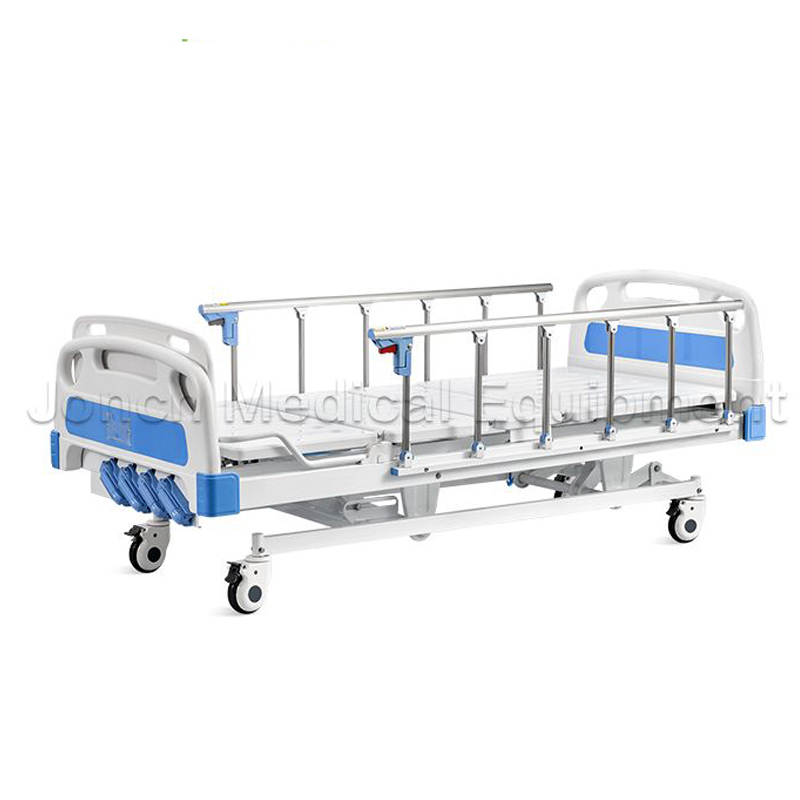
The MD200001 5-functional 4 cranks manual nursing bed. Designed for optimum functionality and comfort, this bed boasts impressive technical parameters: Measuring 2130x970x(500-770)mm externally, with ...
See Details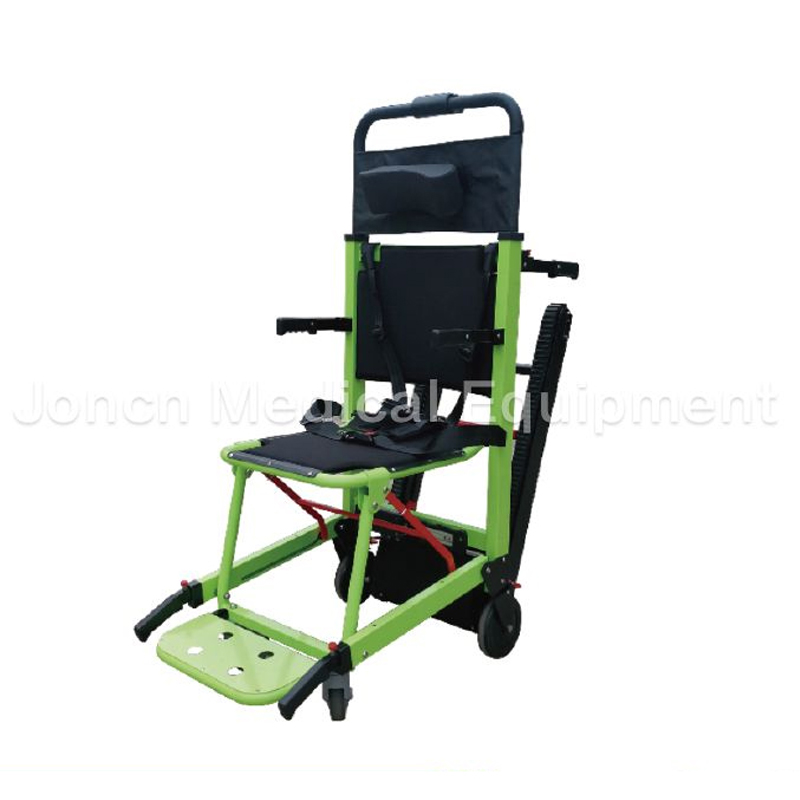
Our innovative medical emergency patient assist up and down folding stretcher stairs, is designed to revolutionize patient rescue in critical situations. Built with precision and safety in mind, this ...
See Details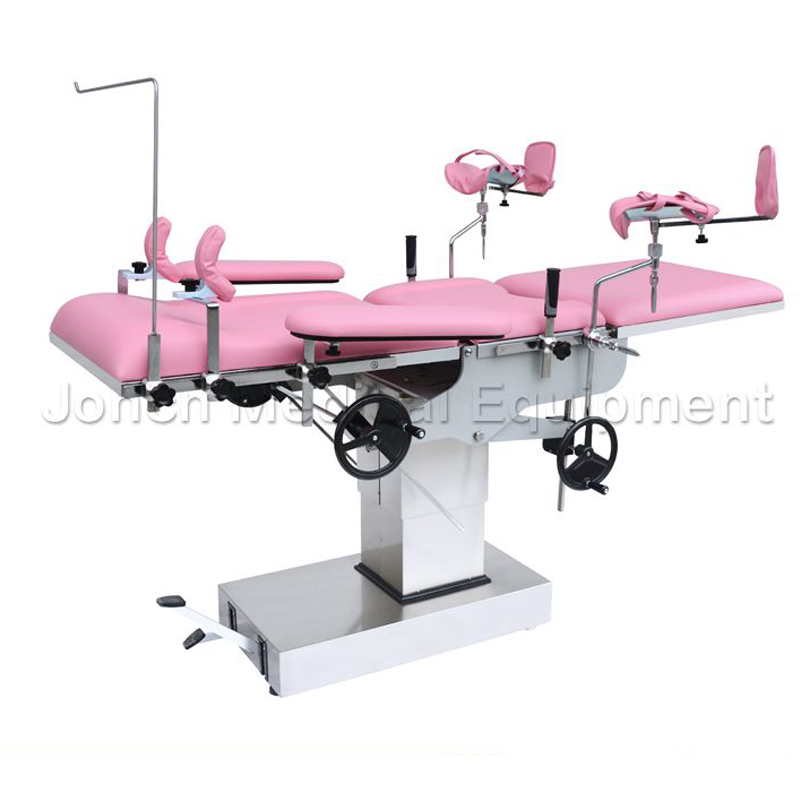
Hydraulic gynecology operating theater table for hospitals, a solution designed to meet the rigorous demands of modern surgical environments. Crafted with precision and functionality in mind, this tab...
See Details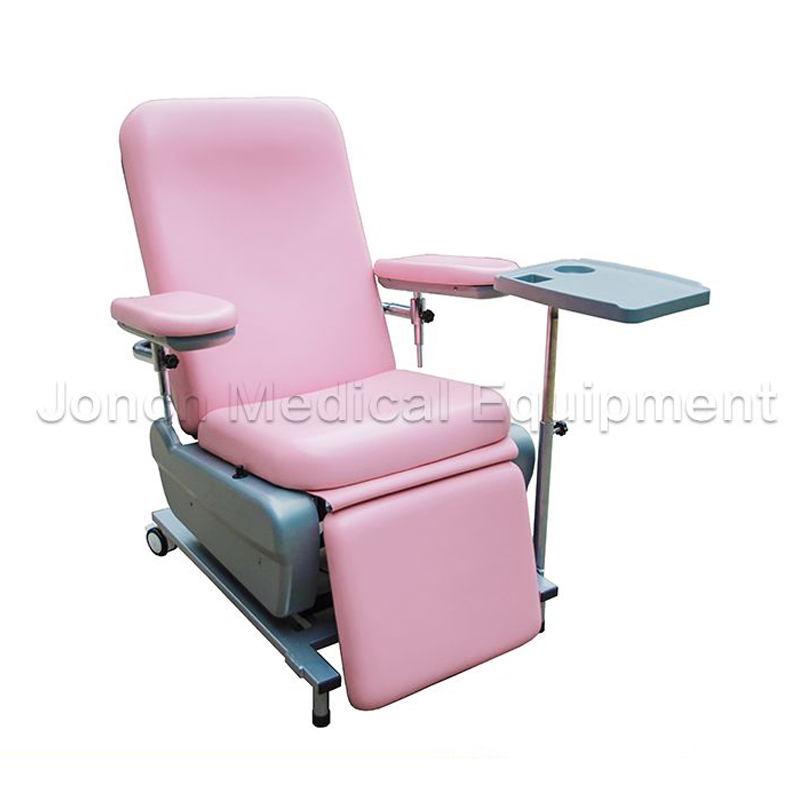
Biobase blood collection chair for blood sample donation is a solution meticulously designed to enhance the blood donation experience for both donors and operators. With its robust technical specifica...
See Details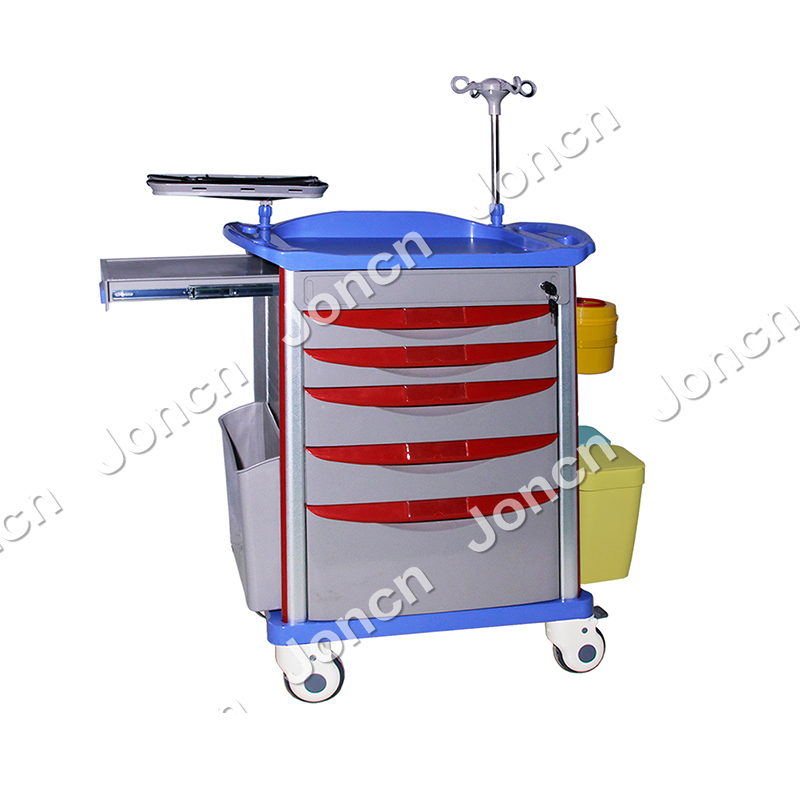
This humanized design emergency trolley is ergonomically designed to provide a comfortable hold even in emergencies. Buttons on the handles make it easy to lock or unlock the wheels, allowing the stro...
See Details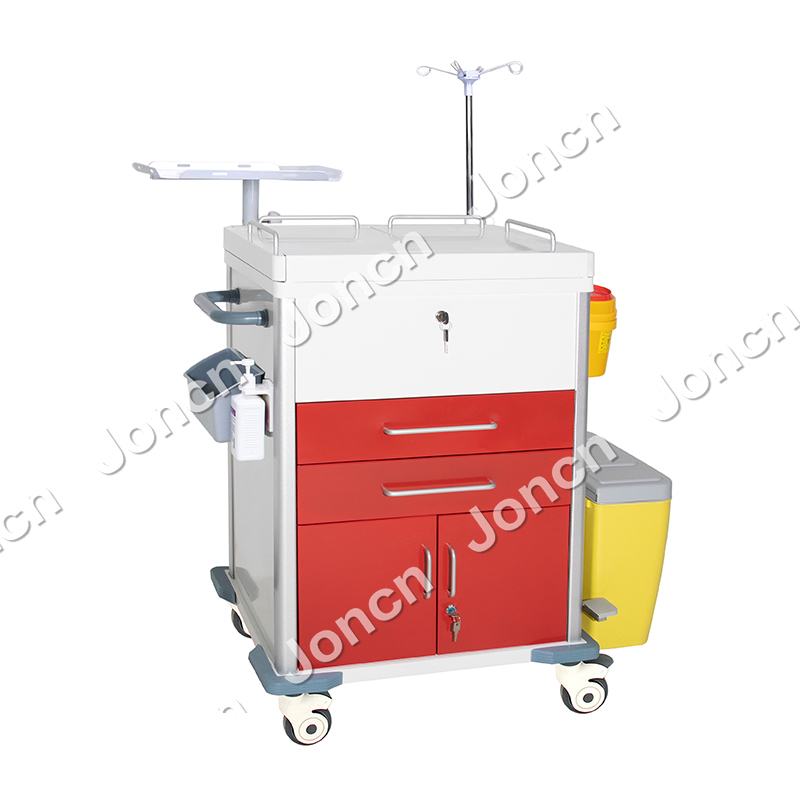
High-quality emergency powder-coated steel trolley, a robust solution meticulously crafted for versatility and durability. Engineered from premium steel and fortified with a specialized powder coating...
See DetailsIf you are interested in our products, please consult us
Products
Mobile terminal